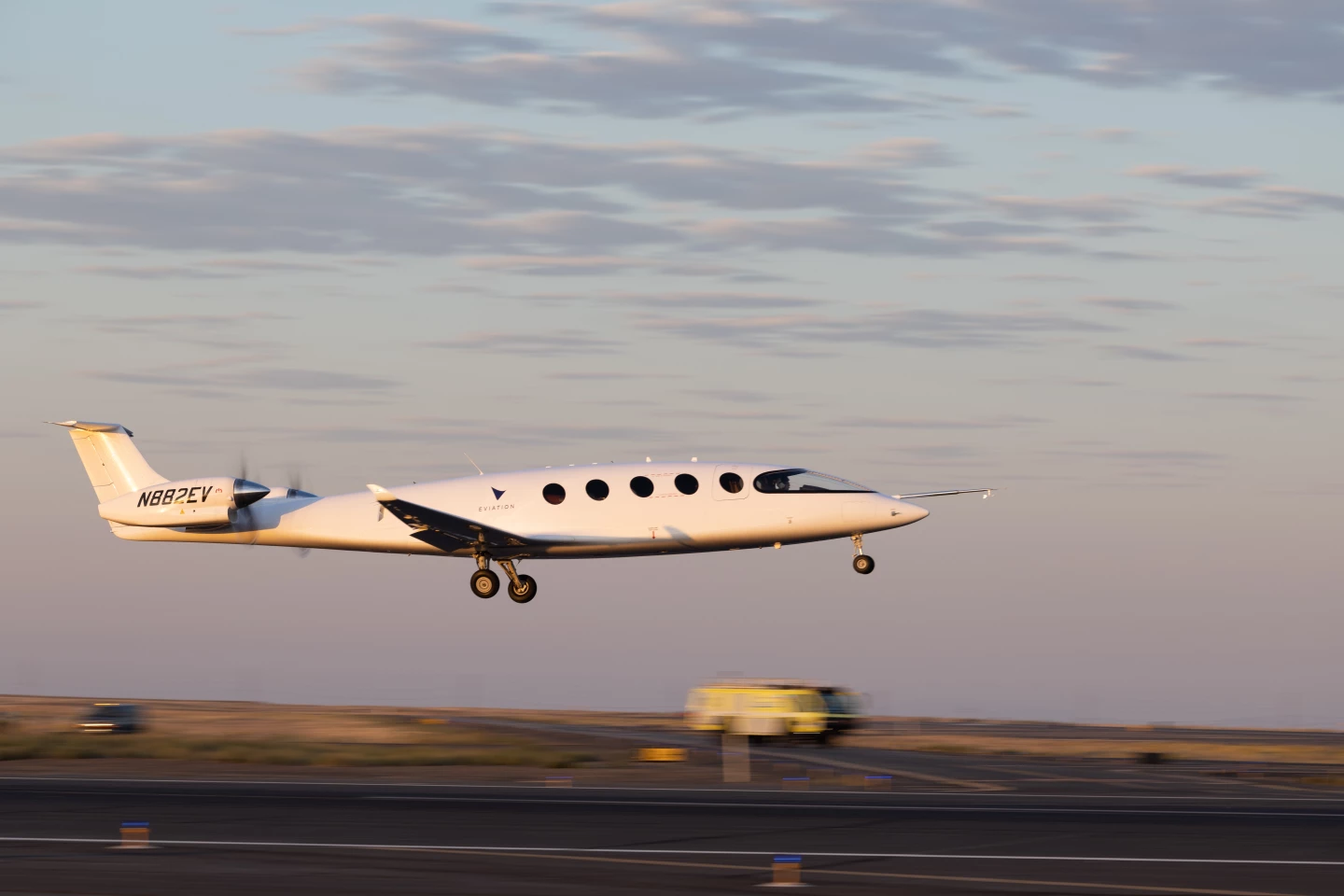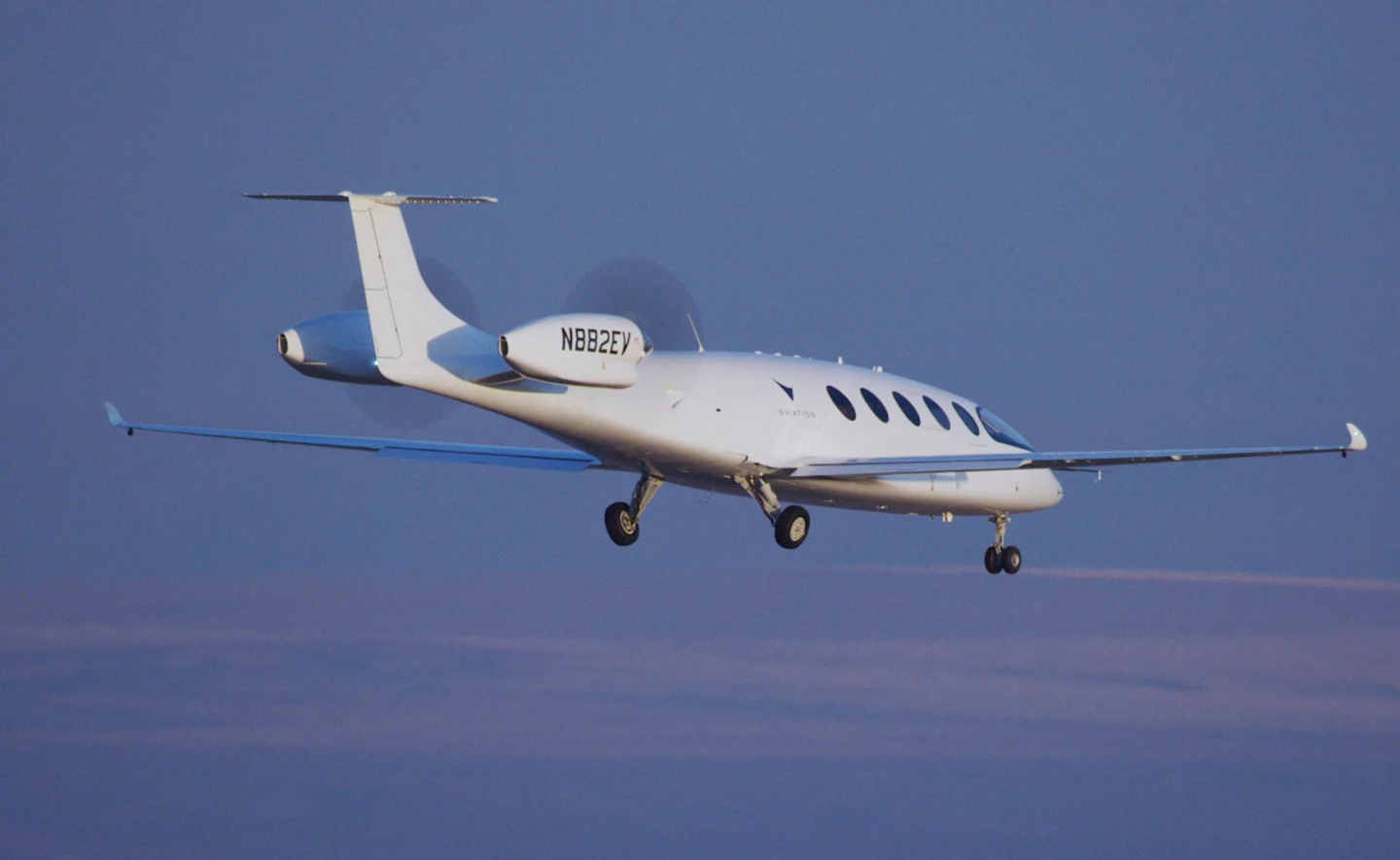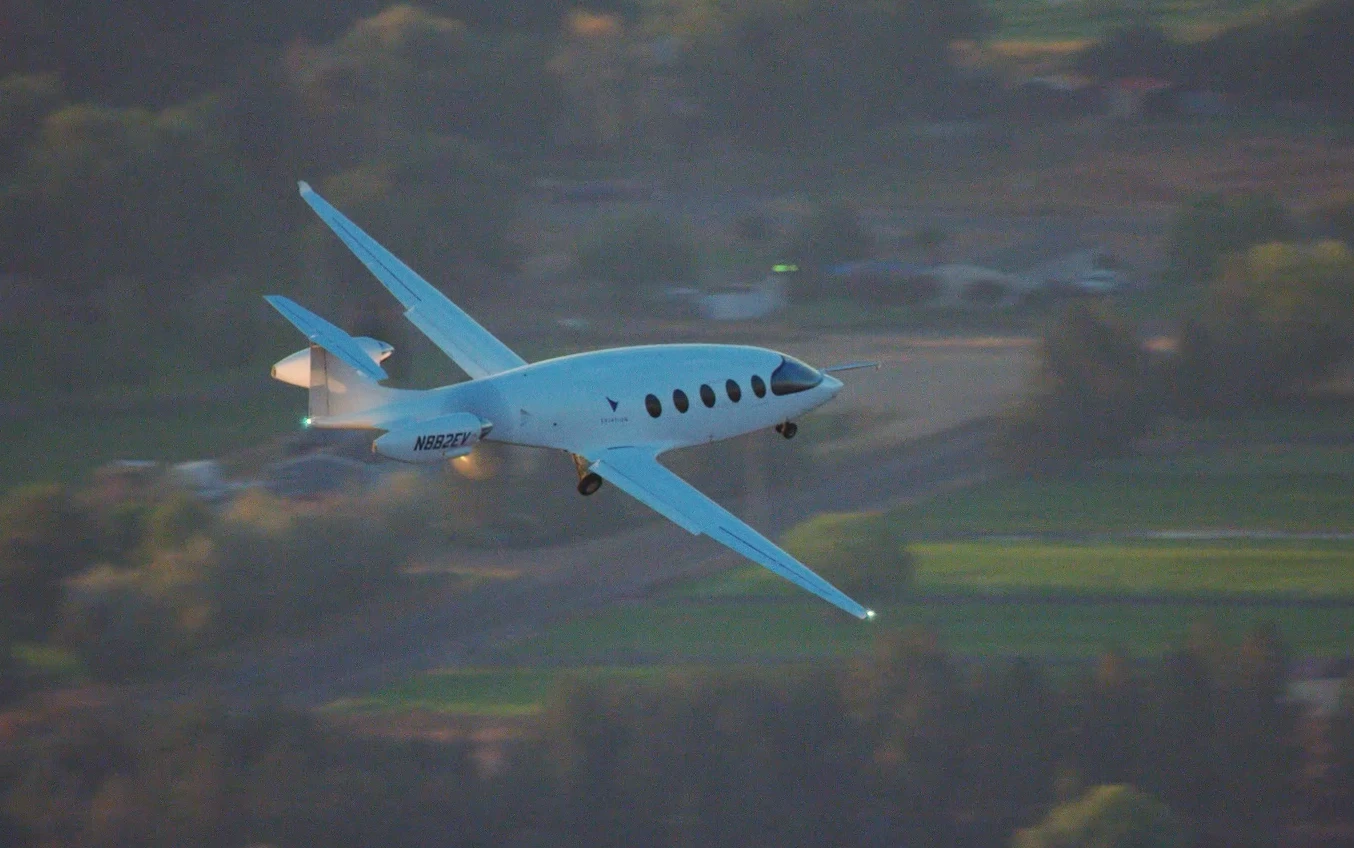After showing off with some extravagant runway wheelies last week, Alice, the "world's first all-electric commuter aircraft," lifted off overnight on a historic first flight. It's another major milestone toward zero-emissions medium-range air travel.
Alice took off at 7.10 am local time from Grant County International Airport in Washington state, and made a short, 8-minute circuit, reaching an altitude of 3,500 ft (1,067 m) before coming in and touching down.
"Today we embark on the next era of aviation – we have successfully electrified the skies with the unforgettable first flight of Alice," said Eviation President and CEO Gregory Davis. "People now know what affordable, clean and sustainable aviation looks and sounds like for the first time in a fixed-wing, all-electric aircraft. This ground-breaking milestone will lead innovation in sustainable air travel, and shape both passenger and cargo travel in the future."

It is indeed a significant moment, although there's a way to go yet. The Alice we see flying in the video below is still an experimentally registered prototype, rather than a fully certified production aircraft. Eviation still has to run it through a full and rigorous flight test regime, and jump through the many hoops of FAA certification, not just for the aircraft and all its systems, but also for the company itself as a design organization and a production facility. The company hopes to have this all squared away and get Alice into service by 2026.
Alice's spec sheet has become a fair bit less impressive over the last year or so as well – when we looked at it in May 2021, this nine-seat luxury machine was running an interesting three-prop propulsion system and a V-tail, and promising 506-mile (814 km) flights to a charge. Now, the tail's a T-shape, there are just two props, the claimed range has dwindled to just 288 miles (463 km), and the max takeoff weight (MTOW) has burgeoned from 14,700 lb (6,668 kg) to 18,400 lb (8,346 kg). On the positive side, the max speed is now up from 253 mph (407 km/h) to 299 mph (481 km/h).

The reduced range in particular is going to sting, as it'll significantly cut down the number of operating routes Alice can handle. But Eviation says this machine's quiet, zero-emissions flight, and its extremely low operating costs compared to turboprops or light jets, will make a good case for it in the commuter and cargo markets.
Check out the first flight in the video below, although you can't hear anything behind the stock music (Eviation provided a second copy of the video without music, but that one had no audio at all), and there's a head-scratching cut near touchdown that makes us wonder why we're not supposed to see that bit.
Source: Eviation








